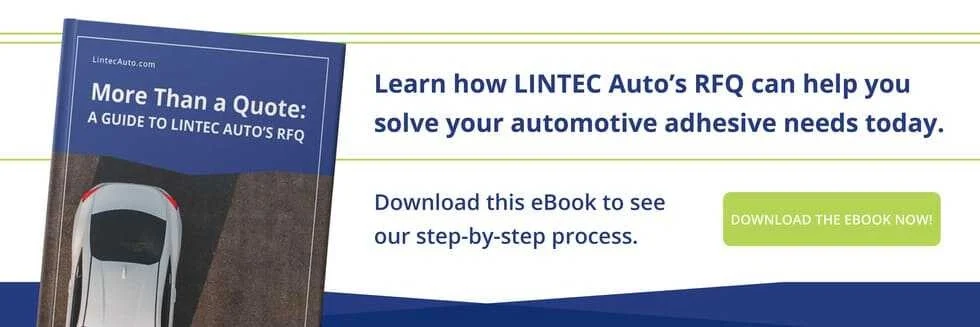6 Tips for Managing Multiple Tier 2 Automotive Suppliers

Tier 1 automotive suppliers have their own fish to fryand theyre big ones (building lasting relationships with large OEMs). The last thing tier 1 needs is disorder in their network of tier 2 automotive suppliers that causes confusion or interferes with meeting spec. Here are six tips for getting the most out of your relationships with multiple tier 2 automotive suppliers:
1. Put Communication in Their Court (and Focus on Being Responsive)
The more moving parts are in your business, the less time you have to micromanage or directly lead every upstream initiative. This can lead to costly oversights when communication goes radio dark for a while, and something critical falls through the cracks.
Be clear with your suppliers that you have limited resources to dedicate to such fragmented project management. Make sure your suppliers know that youre looking for proactive and consistent communication from their side.
Hands-off relationships tend to come out of overload elsewhere, but this is a disaster waiting to happen. The tier 2 automotive suppliers worth investing in will be happy to take charge and handle the flow of informationbut this only works if you can be consistently responsive. Tier 2 automotive suppliers will need your approval on projects, so communication only works if both sides can commit to being cooperative, consistent, and transparent.
2. Consolidate Sourcing Whenever Possible
Diversifying works in the stock market, but its usually a complication for the automotive industry. There may be no way to narrow down to a single, ideal supplier through which you can handle all of your business, but any consolidation can make a massive difference. Audit your current sourcing partners and compare them in terms of price, delivery distance, added value, and customer service.
In a field of six tier 2 automotive suppliers, if the top two or three can handle the capacity of the lowest-performing two or three, youll see improvements in organizational efficiency as well as value. And its hard to overstate the hidden value of working with suppliers that provide superior customer service.
3. Competition Is Good, But Ultimatums are Bad
Transparency about your relationship with other suppliers can work in your favor. Its healthy to encourage competition between themthats the bread and butter of private industry, after allbut delivering ultimatums about matching (or beating) another suppliers measurables can sow tension and mistrust in all of your relationships.
Make it clear that there are opportunities for increased business if tier 2 automotive suppliers can improve deliverables, but dont make your present goodwill contingent upon it.
4. Cultivate a Culture of Self-Improvement
A stable of tier 2 suppliers is the foundation of your supply chain family. We can take a lesson from Japanese supplier Keiretsu by nurturing a community of partners that all share a certain level of trust, commitment, and collaborative spirit. The efficiencies bear out when all parties are working together to improve, learn, and contain costs for the long termnot just the next shipment.
5. Collaborate on Cost-Downs
Eventually, juggling tier 2 automotive suppliers might become so complicated that the details get pushed out of the way in the name of efficiencyand it all comes down to talking price and price alone. However, there are a lot more savings to be had if the relationships become about finding mutual cost-downs rather than pushing for one-way concessions on a price point.
6. Consider a Strategic Multiple Site Approach
When its strictly necessary to use multiple tier 2 automotive suppliers, you could consider giving each supplier site a defined, strategic purpose. A multiple site approach might mean that you have one outsourced site with low costs, one with a skilled workforce for premium materials, and one closer to your plant (or the plant of your most important OEM partner). This way, each second-tier supplier has a purposeful role in your supplier ecosystem.


